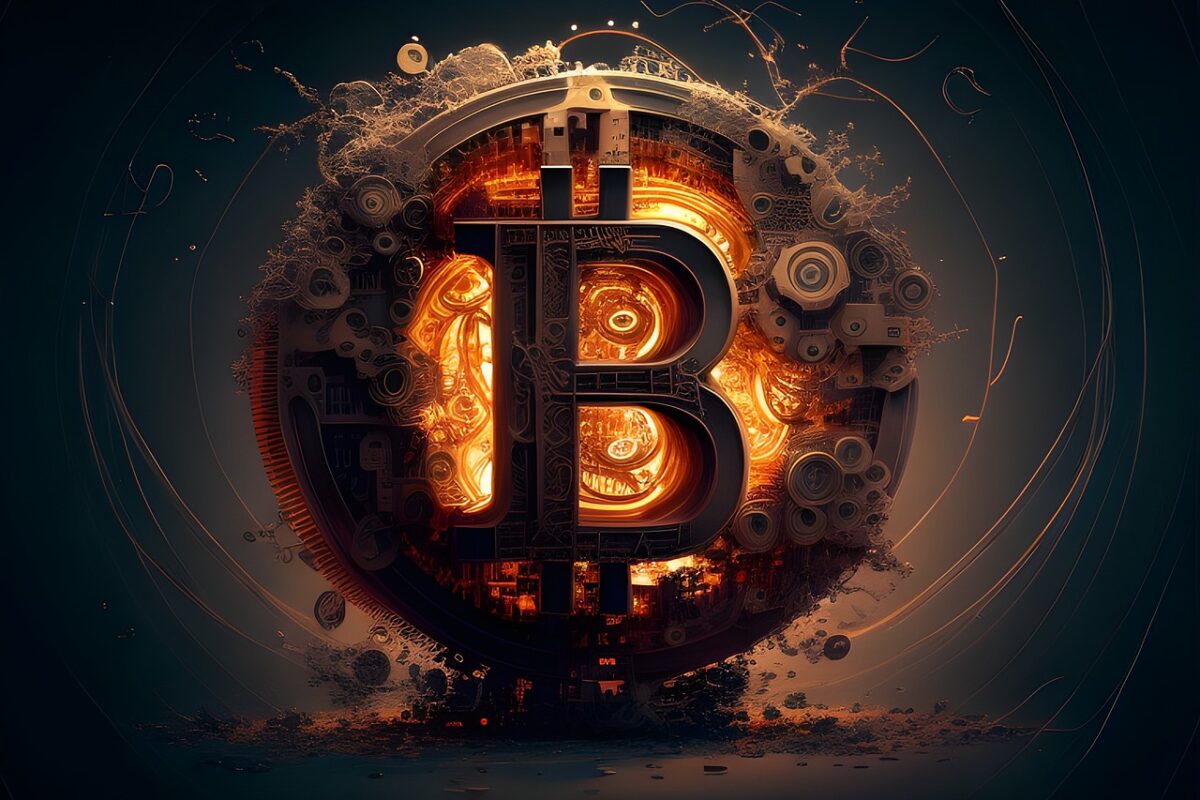Bitcoin mining is the process of verifying and adding transactions to the blockchain, a decentralized ledger that records all bitcoin transactions. The process involves solving complex mathematical problems using specialized software and hardware. This article explains how bitcoin mining works and the technology behind it.
Bitcoin mining is a competitive process where miners try to solve a cryptographic puzzle to add a block of transactions to the blockchain. The first miner to solve the puzzle and add a block of transactions to the blockchain receives a reward of newly minted bitcoins. This process is called proof of work (PoW).
The cryptographic puzzle that miners solve is called a hash function. A hash function takes an input of any length and produces a fixed-size output called a hash. The hash is unique to the input, meaning that even a small change in the input will produce a completely different hash. This makes hash functions useful in verifying the integrity of data.
In bitcoin mining, miners try to find a hash that meets a specific condition called the target. The target is a number that determines the difficulty of the puzzle. The lower the target, the more difficult the puzzle.
To find a hash that meets the target, miners use specialized software called miners. A miner is a computer program that uses the processing power of a computer to solve the puzzle. The more processing power a miner has, the more likely it is to find a hash that meets the target.
Miners work together in mining pools to increase their chances of finding a block. Mining pools are groups of miners who combine their processing power to solve the puzzle and share the reward. When a mining pool finds a block, the reward is distributed among the miners based on their contribution to the pool.
Bitcoin mining requires specialized hardware called ASICs (Application-Specific Integrated Circuits). ASICs are designed specifically for mining bitcoin and are more efficient than general-purpose computers. ASICs are expensive and consume a lot of electricity, making bitcoin mining a costly process.
The reward for mining a block is currently 6.25 bitcoins, which is halved every 210,000 blocks. This means that the reward will decrease to 3.125 bitcoins after the next halving, which is expected to occur in 2024. The total number of bitcoins that will ever be mined is limited to 21 million, which is expected to be reached in 2140.
Bitcoin mining also plays a crucial role in securing the network. The blockchain is maintained by a decentralized network of nodes that verify and validate transactions. Miners play a critical role in this process by adding new blocks to the blockchain and ensuring that the transactions are valid. The more miners there are, the more secure the network becomes.
In conclusion, bitcoin mining is the process of verifying and adding transactions to the blockchain by solving a cryptographic puzzle. Miners use specialized software and hardware to solve the puzzle and receive a reward of newly minted bitcoins. The process is costly and requires a lot of electricity, but it plays a crucial role in securing the network and maintaining the integrity of the blockchain.

